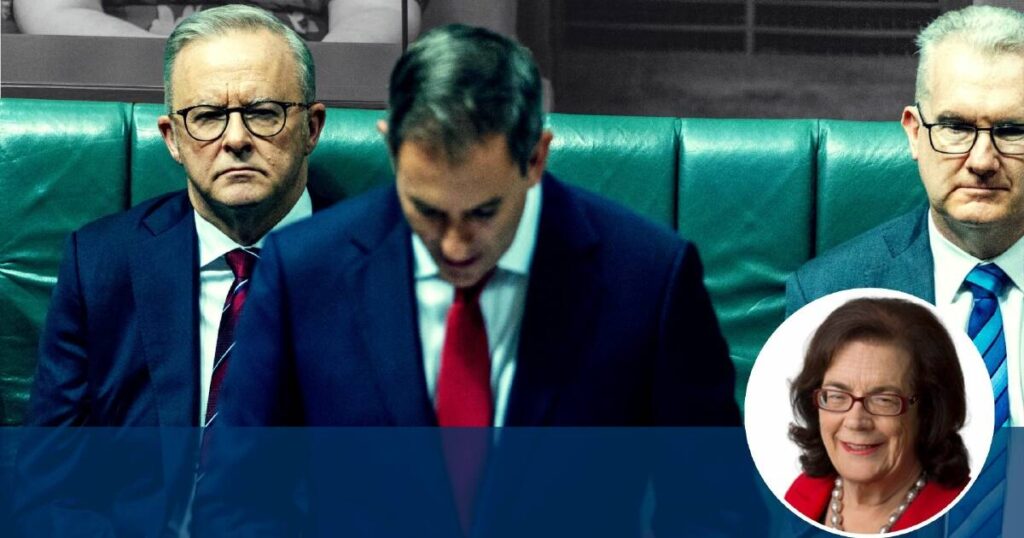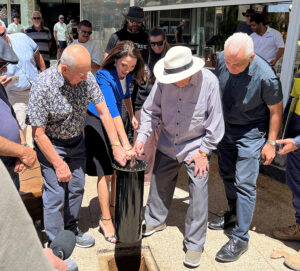
URGENT UPDATE: In a dramatic reshaping of proposed superannuation tax changes, Treasurer Jim Chalmers has announced significant revisions following intense pressure from influential figures, including former Treasurer Paul Keating. The revised package, revealed on Monday, July 24, 2023, now increases taxes on superannuation balances over $3 million and $10 million while eliminating plans to tax unrealized capital gains.
This development is crucial as it reflects the growing tensions within the Australian Labor Party, particularly between Chalmers and fellow contender Tony Burke, who is positioning himself for future leadership. The changes, which still require Senate approval, are seen as a response to public dissatisfaction and internal party dynamics, underscoring the urgent need for Labor to maintain its popularity.
Chalmers, in a bid to reposition his image after months of backlash over the original proposal, stated he had consulted with Keating numerous times last week to refine the superannuation package. Despite his efforts, the revisions signal a retreat, with Prime Minister Anthony Albanese backing the changes to mitigate growing criticism. In a statement, Keating praised Chalmers for the adjustments, acknowledging the need for fairness in the superannuation system.
The revised measures, while designed to generate savings for the budget, fall short of the initial goals outlined in the original plan, leading to questions about Chalmers’ effectiveness as a leader. Observers note this week has been one of the most challenging for him since taking office, with public perception leaning towards Burke as a formidable competitor for the Labor leadership.
Meanwhile, Burke has been making headlines with initiatives to combat crypto crime, showcasing his tactical prowess and solidifying his standing within the party. His recent address at the National Press Club highlighted his ability to address pressing national issues while building a robust political presence.
The ongoing rivalry between Chalmers and Burke is indicative of a broader power struggle within the Labor Party. Both men represent contrasting styles: Chalmers, the master communicator, seeks to engage the public through media; Burke, the tactical strategist, operates behind the scenes with a keen understanding of party dynamics and operational effectiveness.
With Chalmers eyeing future reforms, including potential tax changes, the recent setbacks may inhibit his ability to lead transformative policies, especially under Albanese’s cautious approach to political capital. Labor’s stability heading into the next election cycle hinges on how well Chalmers can recover and how effectively Burke can leverage his growing influence.
As the political landscape evolves, all eyes will be on both leaders as they navigate their paths amid the shifting tides within the Australian Labor Party. The urgency of these developments cannot be overstated, as the implications for Australia’s economic policy and leadership direction are profound.
Stay tuned for further updates as the situation unfolds.





